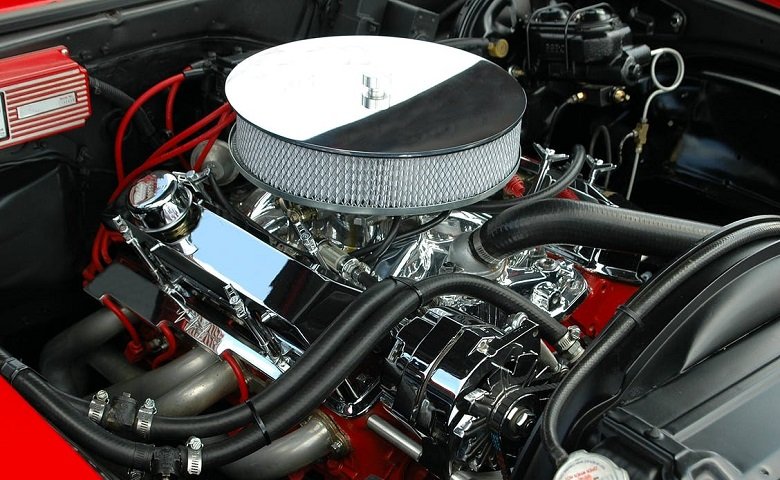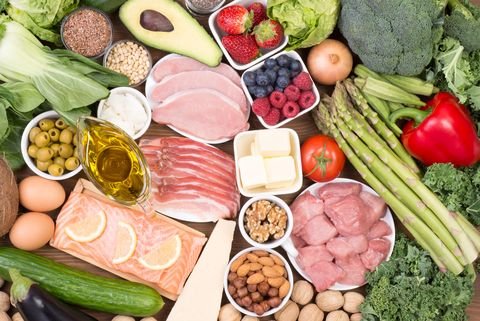How Do Diesel Engines Work?

Do you know How Do Diesel Engines Work? Diesel engines are the force behind our biggest machines. Trucks, trains and submarine ships are examples of diesel engines. But they work in a different way that is subtle and efficient while producing more energy. Diesel engines are engines with a type of internal combustion, so engines with internal combustion burn the fuel inside the main part of the engine and increase the power. In a petrol or diesel engine, the fuel burns inside the cylinders themselves. That is why internal combustion engines produce more efficient amounts of energy than external combustion engines.
Petrol and diesel engines are those that run through internal combustion, but there are slight differences. In a petrol engine, fuel and air are injected into small metal cylinders that turn it into an explosive substance and create a spark out of a small spark. Diesel engines are roughly similar to petrol engines in which air is allowed inside. It is combined with a cylinder and a piston. Once the air is compressed, a mist of fuel sprays snow into it.
The cylinder usually works as an electronic fuel injection system complex. The air is so hot that the fuel instantly ignites and explodes without the need for a spark. It pushes out the controlled blast piston, a process that is repeated a thousand times in a second.
Diesel engines typically have four-stroke engines, the intake; which sucks the air inwards, and when the piston moves down, the open green air inlet valve is found on the right. Compression The inflate valve closes, the piston moves upwards, and the air mixture is compounded and heated. When the force; air-fuel mixture ignites and burns, it pushes the piston down. It reduces the power of the wheel. Exhaust; Green outlet valve on the left helps to release exhaust gases. When the piston moves up in a two-stroke diesel, the full wheel falls in such a way that it does not cause any confusion. It blows fresh air to the side of the exhaust, intake; cylinder, which pushes the exhaust out through the upper valves. Compression; The Inflight and exhaust valves are closed. When the air-fuel mixture is ignited, it pushes the piston down, sending the power to the wheels.
Two-stroke engines are smaller and lighter than four-stroke engines. They act more efficiently during each rotation because they produce power. This means that they require further cooling and lubrication. It also experiences high wear and tears.
Diesel engines are up to twice as efficient as petrol engines. Diesel engines are capable of achieving efficiency compared to petrol engines by about 40-45%. Diesel fuel carries a little more energy in a gallon than gasoline because of the molecules that make it can lock in more energy. Diesel and petrol are quite different, diesel is made from heavyweight and petrol is made from tainted grade.
In diesel, molecular atoms called hydrocarbons act. By successfully operating early engines, it relies on fossil fuels such as coal and petrol. Diesel engines are the most versatile fuel-burning engines commonly used today and are used in all vehicles from trains. They are simple compared to petrol engines. It is more efficient and cost-effective.
Diesel engines are less fuel-efficient, so they are safe, unstable and have less explosive than steam petrol. The origin of the diesel engine dates back to 1858-1913 and was the result of the efforts of many engineers. Sometimes, you might be thinking about switching to a petrol engine. Think about selling and if you are in Sydney, get a quote with cash for unwanted car removal company and earn top cash and buy a new one.











